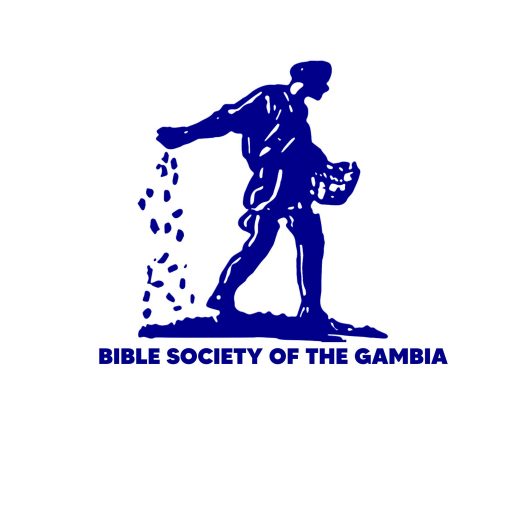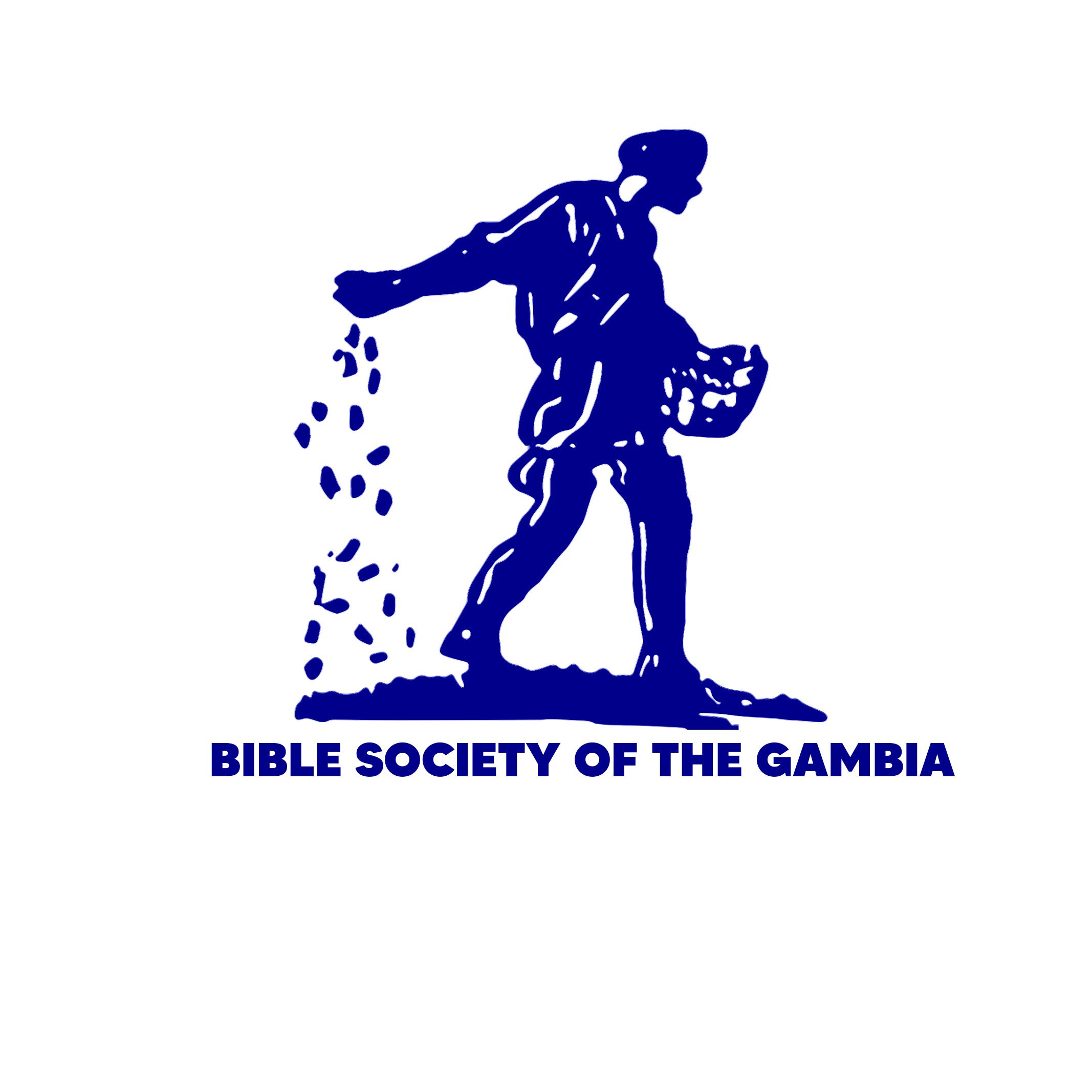Banisirayilankoolu ye daakaalu loo daamennu to Misira niŋ Mowabi teema
1 Ñinnu le mu dulaalu ti Banisirayilankoolu ye daakaalu loo daameŋ, biriŋ ì wulita naŋ ka bo Misira, ì kafumaalu Musa niŋ Haaruna la ñaatonkayaa koto. 2 Yaawe* la yaamaroo kaŋ, Musa naata ñiŋ dulaalu toolu safee ì la taamoo waatoo, ì futata dulaalu mennu to. Wolu le mu:
3 Banisirayilankoolu wulita Ramesesi, saŋo kari foloo tili taŋ niŋ luuloo le la, Yaawe Tambi Tumoo Juuraloo* saamoo. Ì niŋ fatiyaa baa le wulita, Misirankoolu bee ñaa la. 4 Misirankoolu tarata ì dinkee foloolu le baadee kaŋ, Yaawe ye mennu faa. A ye a ke ka kiitii koleŋ baa laa ì la alloolu kaŋ.
5 Banisirayilankoolu wulita Ramesesi, ì taata daakaa loo Sukoti.
6 Ì bota Sukoti, ì taata daakaa loo Etamu Keñewuloo* jenjeŋo la.
7 Ì bota Etamu, ì muruta ka taa Pi-Hahiroti, meŋ ñaa be tilindiŋ Baali-Sefoni la, bituŋ ì ye daakaa loo Mikidoli ñaatiliŋo la.
8 Ì bota Pi-Hahiroti, ì tambita niŋ baa to la ka taa duŋ keñewuloo kono, biriŋ ì taamata Etamu Keñewuloo kono fo tili saba, ì taata daakaa loo Mara.
9 Ì bota Mara, ì taata Elimu, daameŋ woyi taŋ niŋ fula le tarata jee, aniŋ tamaree suŋ taŋ woorowula, bituŋ ì ye daakaa loo jee.
10 Ì bota Elimu, ì taata daakaa loo Kulunjumbe Baa daala.
11 Ì bota Kulunjumbe Baa to, ì taata daakaa loo Sini Keñewuloo kono.
12 Ì bota Sini Keñewuloo kono, ì taata daakaa loo Dofuka.
13 Ì bota Dofuka, ì taata daakaa loo Alusi.
14 Ì bota Alusi, ì taata daakaa loo Refidimu, daameŋ jii maŋ soto moolu ye ka i miŋ.
15 Ì bota Refidimu, ì taata daakaa loo Sinayi Keñewuloo kono.
16 Ì bota Sinayi Keñewuloo kono, ì taata daakaa loo Kiburoti-Hataawa.
17 Ì bota Kiburoti-Hataawa, ì taata daakaa loo Haseroti.
18 Ì bota Haseroti, ì taata daakaa loo Ritima.
19 Ì bota Ritima, ì taata daakaa loo Rimmoni-Peresi.
20 Ì bota Rimmoni-Peresi, ì taata daakaa loo Libuna.
21 Ì bota Libuna, ì taata daakaa loo Risa.
22 Ì bota Risa, ì taata daakaa loo Kehelata.
23 Ì bota Kehelata, ì taata daakaa loo Seferi Konkoo to.
24 Ì bota Seferi Konkoo to, ì taata daakaa loo Harada.
25 Ì bota Harada, ì taata daakaa loo Makeloti.
26 Ì bota Makeloti, ì taata daakaa loo Tahati.
27 Ì bota Tahati, ì taata daakaa loo Tera.
28 Ì bota Tera, ì taata daakaa loo Mitika.
29 Ì bota Mitika, ì taata daakaa loo Hasimona.
30 Ì bota Hasimona, ì taata daakaa loo Moseroti.
31 Ì bota Moseroti, ì taata daakaa loo Bene-Yaakani.
32 Ì bota Bene-Yaakani, ì taata daakaa loo Hori-Hakidikadi.
33 Ì bota Hori-Hakidikadi, ì taata daakaa loo Yotibata.
34 Ì bota Yotibata, ì taata daakaa loo Aburona.
35 Ì bota Aburona, ì taata daakaa loo Esiyoni-Keberi.
36 Ì bota Esiyoni-Keberi, ì taata daakaa loo Kadesi, Cini Keñewuloo kono.
37 Ì bota Kadesi, ì taata daakaa loo Hori Konkoo to, Edomu naanewo to. 38 Piriisoo* Haaruna taata Hori Konkoo kaŋ Yaawe la yaamaroo kaŋ, daameŋ a beleta jee, Banisirayilankoolu la bonaŋo Misira, sanji taŋ naaninjaŋo kari luulunjaŋo tili foloo. 39 Haaruna be bele la Hori Konkoo kaŋ tuma meŋ, wo tumoo a siyo be sanji keme sanji muwaŋ niŋ saba.
40 Kanaaninkoolu la mansa meŋ be marariŋ Aradi saatewo ma, Nekefu* tundoo kaŋ, Kanaani bankoo kaŋ, ye Banisirayilankoolu la naa moyi le.
41 Ì wulita Hori Konkoo to, ì taata daakaa loo Salimona.
42 Ì bota Salimona, ì taata daakaa loo Punoni.
43 Ì bota Punoni, ì taata daakaa loo Oboti.
44 Ì bota Oboti, ì taata daakaa loo Iye-Abarimu, Mowabi naanewo daala.
45 Ì bota Iye-Abarimu, ì taata daakaa loo Diboni-Kadu.
46 Ì bota Diboni-Kadu, ì taata daakaa loo Alimoni-Dibulatayimu.
47 Ì bota Alimoni-Dibulatayimu, ì taata daakaa loo Abarimu Konkoolu to, Nebo ñaatiliŋo la.
48 Ì bota Abarimu konkoolu to, ì taata daakaa loo Mowabi kene fanuŋo to Yoridani Boloŋo daala, Yeriko be a ye a kankuŋ doo la. 49 Mowabi kene fanuŋo to, ì ye daakaa loo Yoridani Boloŋo dandaŋo le la ka bo Beti-Yesimoti ka taa wo la Abeli-Sitimu.
Yaawe la yaamaroo ka Kanaaninkoolu bee bayi
50 Yaawe diyaamuta Musa ye, Mowabi kene fanuŋo to, Yoridani Boloŋo daala, Yeriko be a ye a kankuŋ doo la. 51 A ko Musa ye a fo Banisirayilankoolu ye ko, “Niŋ ali ye Yoridani Boloŋo teyi ka duŋ Kanaani, 52 ali si a bankoo moolu bee bayi. Ali ì la jalaŋolu bee tiñaa, ì ye mennu lese aniŋ ì ye mennu tunkaŋ, ali ye ì la batudulaa tintiŋolu* bee boyi. 53 Ali bankoo ñiŋ taa, ali ye sii jee, nte le ye ñiŋ bankoo dii ali la ka ke ali taa ti. 54 Ali bankoo ñiŋ talaa niŋ alikuuroo* la, ko ali la kaabiiloolu nankamoo be laariŋ ñaameŋ. Ali ye nii baa dii kafu baa la, ali ye niindiŋo dii kafundiŋo la. Alikuuroo ye meŋ-wo-meŋ dii meŋ na, wo le be ke la a taa ti. Ali a talaa ko ali bonsuŋ lasiloolu be laariŋ ñaameŋ.
55 “Bari niŋ ali maŋ bankoo ñiŋ moolu bayi, ali be mennu tu la jee, wolu be naa ke la dooliŋ kesoo le ti ali ñaalu kono, ì ye ke ali ye ŋaniŋolu ti ka ali soo ali karoo to. Ali be sii la bankoo meŋ kaŋ, ì be ali toorandi la jee le. 56 Wo to ŋa meŋ hame ì kamma, m be a ke la alitolu le la.”
The Journey from Egypt to Moab
1 The following account gives the names of the places where the Israelites set up camp after they left Egypt in their tribes under the leadership of Moses and Aaron. 2 At the command of the Lord, Moses wrote down the name of the place each time they set up camp.
3 The people of Israel left Egypt on the fifteenth day of the first month of the year, the day after the first Passover. Under the Lord's protection they left the city of Rameses in full view of the Egyptians, 4 who were burying the first-born sons that the Lord had killed. By doing this, the Lord showed that he was more powerful than the gods of Egypt.
5 The people of Israel left Rameses and set up camp at Sukkoth. 6 Their next camp was at Etham on the edge of the desert. 7 From there they turned back to Pi Hahiroth, east of Baal Zephon, and camped near Migdol. 8 They left Pi Hahiroth and passed through the Red Sea into the desert of Shur; after a three days' march they camped at Marah. 9 From there they went to Elim, where they camped, because there were twelve springs of water and seventy palm trees there.
10 They left Elim and camped near the Gulf of Suez. 11 Their next camp was in the desert of Sin. 12 Then they camped at Dophkah, 13 and after that at Alush. 14 Next was Rephidim, where there was no water for them to drink.
15-37 From Rephidim to Mount Hor they set up camp at the following places: the Sinai Desert, Kibroth Hattaavah (or “Graves of Craving”), Hazeroth, Rithmah, Rimmon Perez, Libnah, Rissah, Kehelathah, Mount Shepher, Haradah, Makheloth, Tahath, Terah, Mithkah, Hashmonah, Moseroth, Bene Jaakan, Hor Haggidgad, Jotbathah, Abronah, Eziongeber, the wilderness of Zin (that is, Kadesh), and Mount Hor, at the edge of the land of Edom.
38-39 At the command of the Lord, Aaron the priest climbed Mount Hor. At the age of 123 he died there on the first day of the fifth month of the fortieth year after the Israelites had left Egypt.
40 The king of Arad in southern Canaan heard that the Israelites were coming.
41-49 From Mount Hor to the plains of Moab the Israelites set up camp at the following places: Zalmonah, Punon, Oboth, the ruins of Abarim in the territory of Moab, Dibon Gad, Almon Diblathaim, the Abarim Mountains near Mount Nebo, and in the plains of Moab across the Jordan River from Jericho, between Beth Jeshimoth and Acacia Valley.
Instructions before Crossing the Jordan
50 There in the plains of Moab across the Jordan from Jericho the Lord gave Moses 51 the following instructions for Israel: “When you cross the Jordan into the land of Canaan, 52 you must drive out all the inhabitants of the land. Destroy all their stone and metal idols and all their places of worship. 53 Occupy the land and settle in it, because I am giving it to you. 54 Divide the land among the various tribes and clans by drawing lots, giving a large piece of property to a large clan and a small one to a small clan. 55 But if you do not drive out the inhabitants of the land, those that are left will be as troublesome as splinters in your eyes and thorns in your sides, and they will fight against you. 56 If you do not drive them out, I will destroy you, as I planned to destroy them.”

